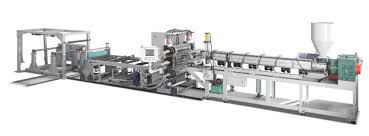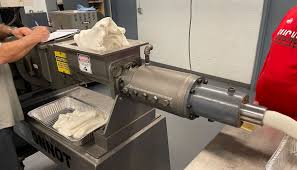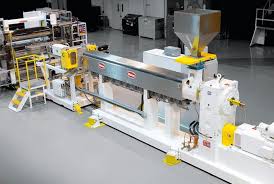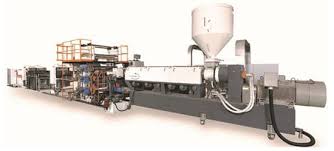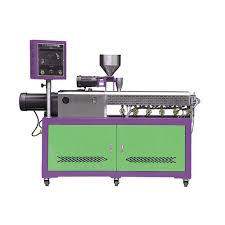In the fast-evolving world of plastic manufacturing, thermoplastic equipment plays a foundational role. Whether you're producing packaging materials, automotive parts, consumer goods, or medical components, the right equipment is key to efficiently processing thermoplastics like polyethylene (PE), polypropylene (PP), polyvinyl chloride (PVC), and polystyrene (PS).
From extrusion to molding to compounding, thermoplastic machinery enables manufacturers to shape, modify, and reuse materials that soften with heat and solidify upon cooling—a hallmark of thermoplastics.
What Is Thermoplastic Equipment?
Thermoplastic equipment refers to a wide range of machines used to process heat-sensitive, moldable polymers. Unlike thermosetting plastics, thermoplastics can be reheated and reshaped multiple times, making them ideal for high-efficiency manufacturing and recycling.
Common types of thermoplastic equipment include:
Extrusion Machines: Melt and shape thermoplastics into sheets, tubes, films, and profiles.
Injection Molding Machines: Inject molten plastic into molds to form complex, high-precision parts.
Blow Molding Machines: Used for producing hollow plastic products such as bottles and containers.
Thermoforming Machines: Heat plastic sheets and form them over molds using vacuum or pressure.
Pelletizers and Granulators: Convert plastic materials into pellets for reuse or further processing.
Mixers and Compounding Lines: Blend polymers with additives, colors, or fillers to modify properties.
Industries That Rely on Thermoplastic Equipment
Packaging: Food containers, films, and caps.
Automotive: Bumpers, dashboards, and fuel tanks.
Electronics: Casings, wiring insulation, and connectors.
Medical: Tubing, syringes, and disposable instruments.
Construction: Pipes, window profiles, and panels.
Key Features and Advantages
Energy Efficiency: Many modern thermoplastic machines are equipped with servo motors and optimized heating systems to reduce power consumption.
Automation Ready: Integrated controls and PLC systems allow for precise parameter adjustments and real-time monitoring.
Material Versatility: Equipment is designed to handle a broad range of thermoplastics and blended materials.
Scalability: Options are available for both small-scale R&D use and high-volume industrial production.
Choosing the Right Thermoplastic Equipment
When selecting equipment, consider:
Material Type: Each polymer behaves differently under heat and pressure—machines should be compatible with the specific thermoplastics you intend to use.
Output Requirements: Choose machinery that matches your production capacity and speed expectations.
Application Specificity: Certain processes—like multi-layer film production or medical-grade component molding—require specialized machines.
Maintenance and Support: Go for equipment from trusted manufacturers offering reliable after-sales service, spare parts, and technical support.
Final Thoughts
As demand for lightweight, recyclable, and durable plastic products grows, investing in the right thermoplastic equipment is more critical than ever. Whether you're a startup entering the plastics market or an established manufacturer upgrading your line, high-performance machinery will ensure product quality, process efficiency, and long-term profitability.


